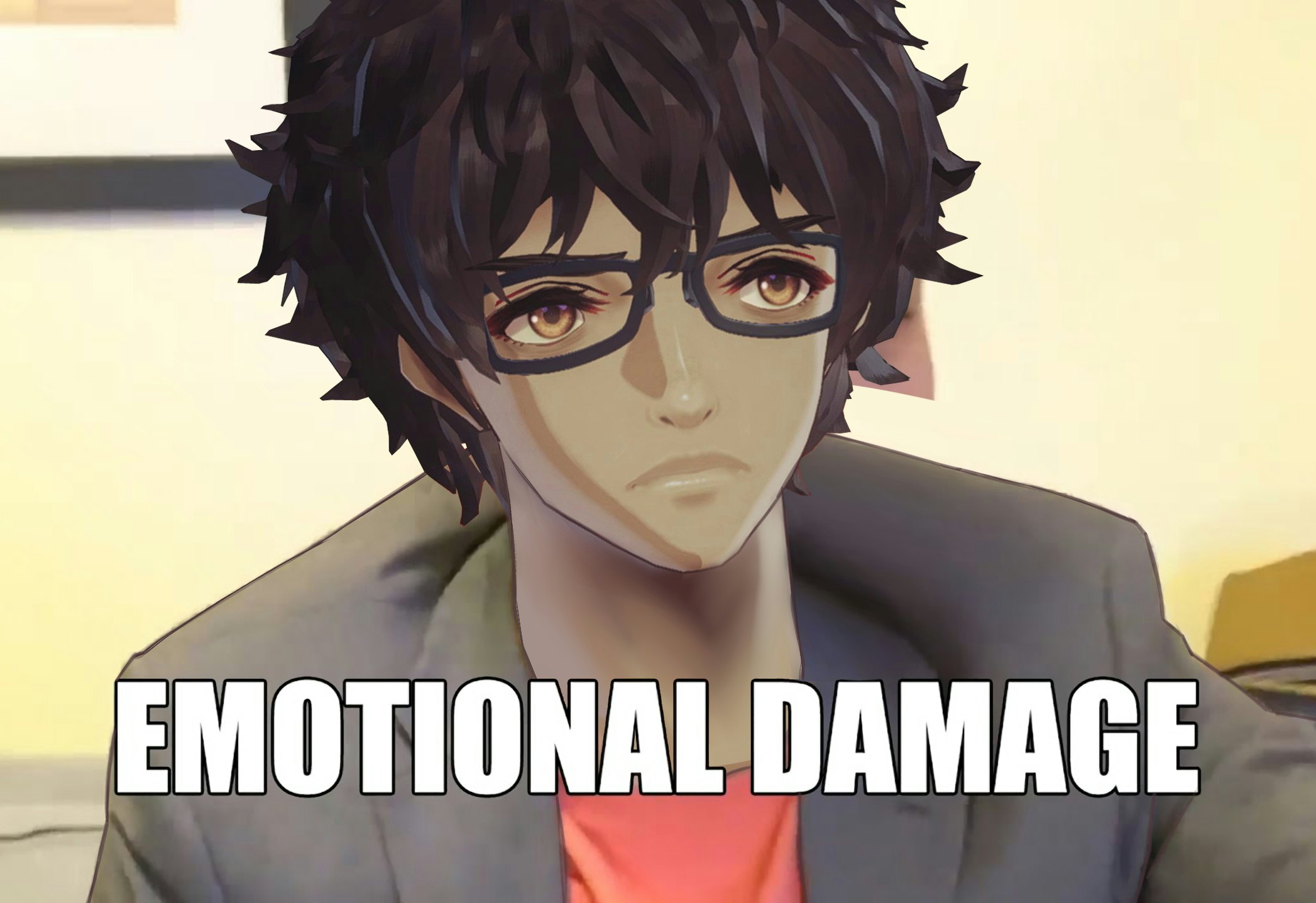
It never feels like you have enough time with the people you love.
Xenoblade Chronicles 3 is one of the most emotionally harrowing games I’ve ever played, with a dramatic story that delves into the very nature of existence itself. All of this is wrapped up in an expansive JRPG with dozens of interconnected systems.
If you’ve played past Xenoblade games, some of the series’ issues remain, but for those willing to embrace or overlook those quirks, Xenoblade Chronicles 3 is one of the most unforgettable role-playing experiences in years.
A new world
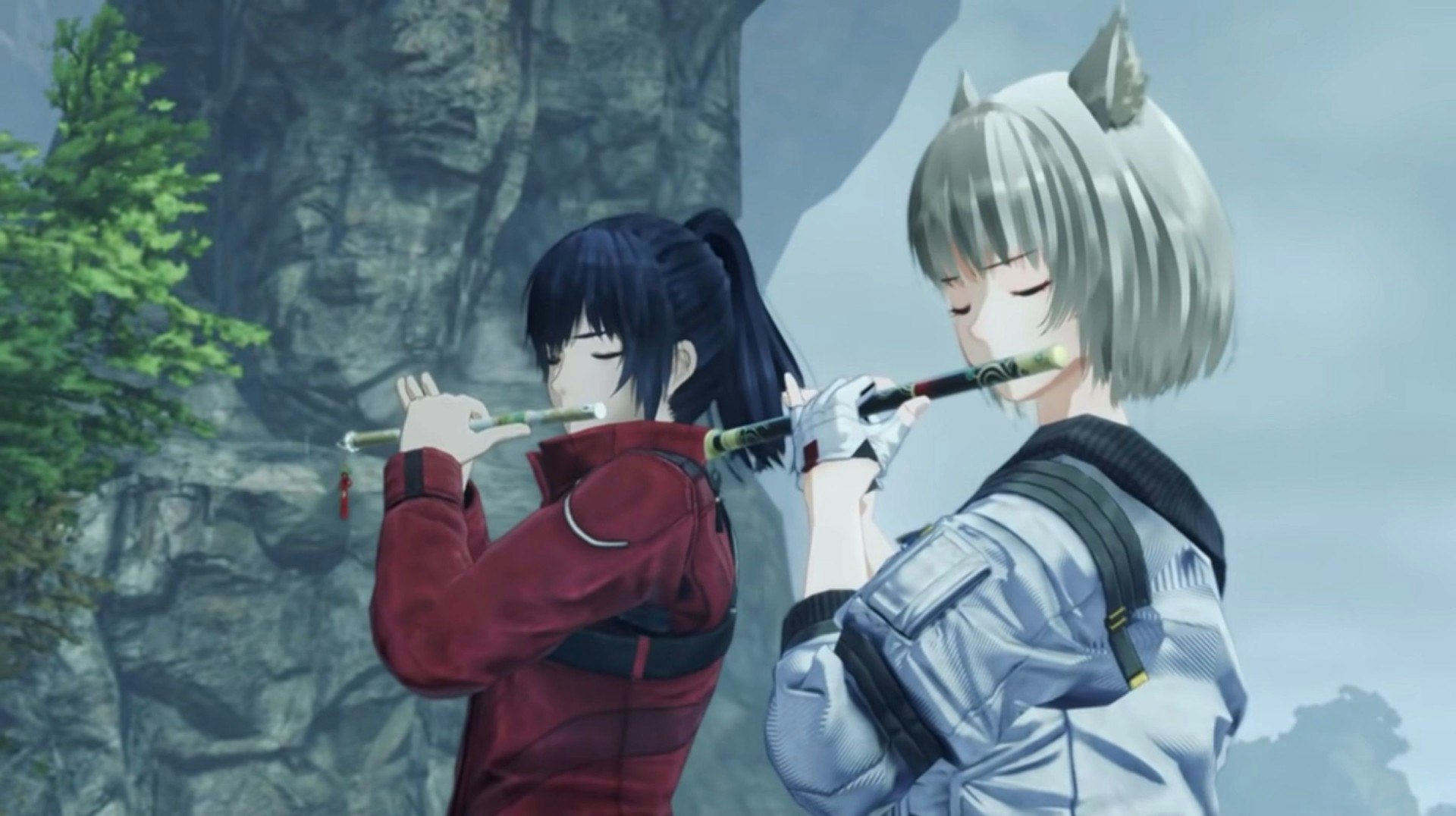
From the opening minute, Xenoblade 3 takes a much different tone from past installments. The world of Aionios is wracked by conflict between the two nations of Keves and Agnus. People in this world only live for ten years, which they call “terms.” During that time, their only purpose is to fight, stealing the enemy’s life force to fill up a Flame Clock. Your main party consists of three soldiers from Keves and three from Agnus, who end up unlocking a power called Ouroboros, which allows them to fuse together into one powerful being.
Xenoblade 3’s story is the slowest of burns, deliberately developing each of the party members before absolutely pulling the rug out underneath you. The story tackles weighty themes like mortality, subjugation, and grief with admirable grace.
Each of the main characters gets their time to shine, and part of the game’s hook watching how these kind individuals challenge an overwhelmingly oppressive world. Despite its militaristic themes, Xenoblade 3 takes a strong pacifist stance, reminding players again and again how conflict destroys lives.
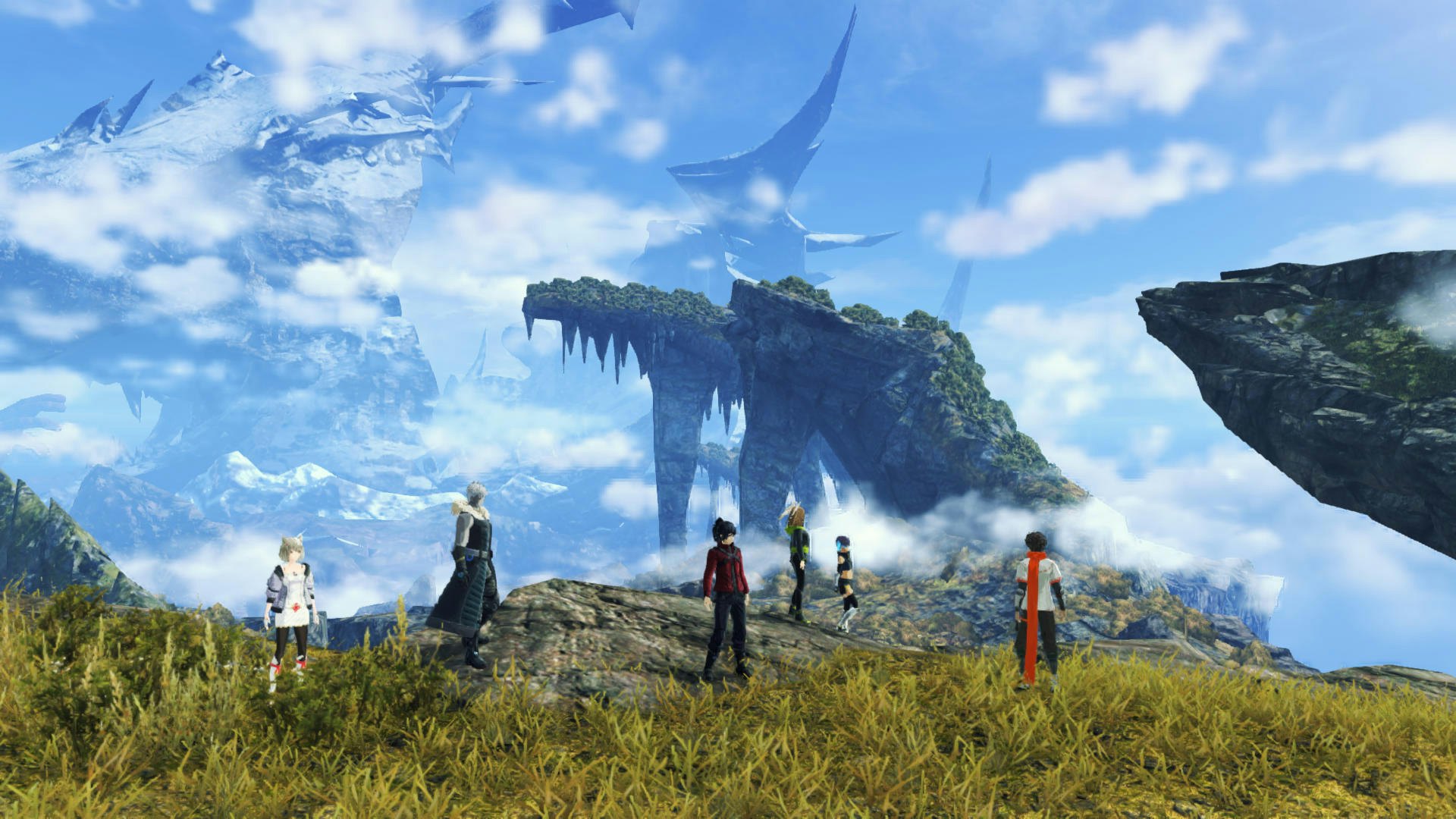
Monolith Soft’s latest shines brighter than past entries due to the thoughtful integration of side content into the overall narrative. There’s an utterly massive world to explore and an overwhelming number of things to do. The central storyline sees the party destroying the Flame Clocks of different colonies, freeing them from enigmatic villains known as Moebius.
Freeing a colony unlocks an affinity gauge, and raising your level will grant bonuses like faster run speed or easier material gathering. Most of the game’s side quests tie into these colonies, expanding the stories of the characters that live there, or how the colony is coping with being free from the cycle of conflict. By and large, the game’s side content does a great job of expanding the world and overall narrative, even creating some smaller more compelling stories at the same time.
Welcome to the Party
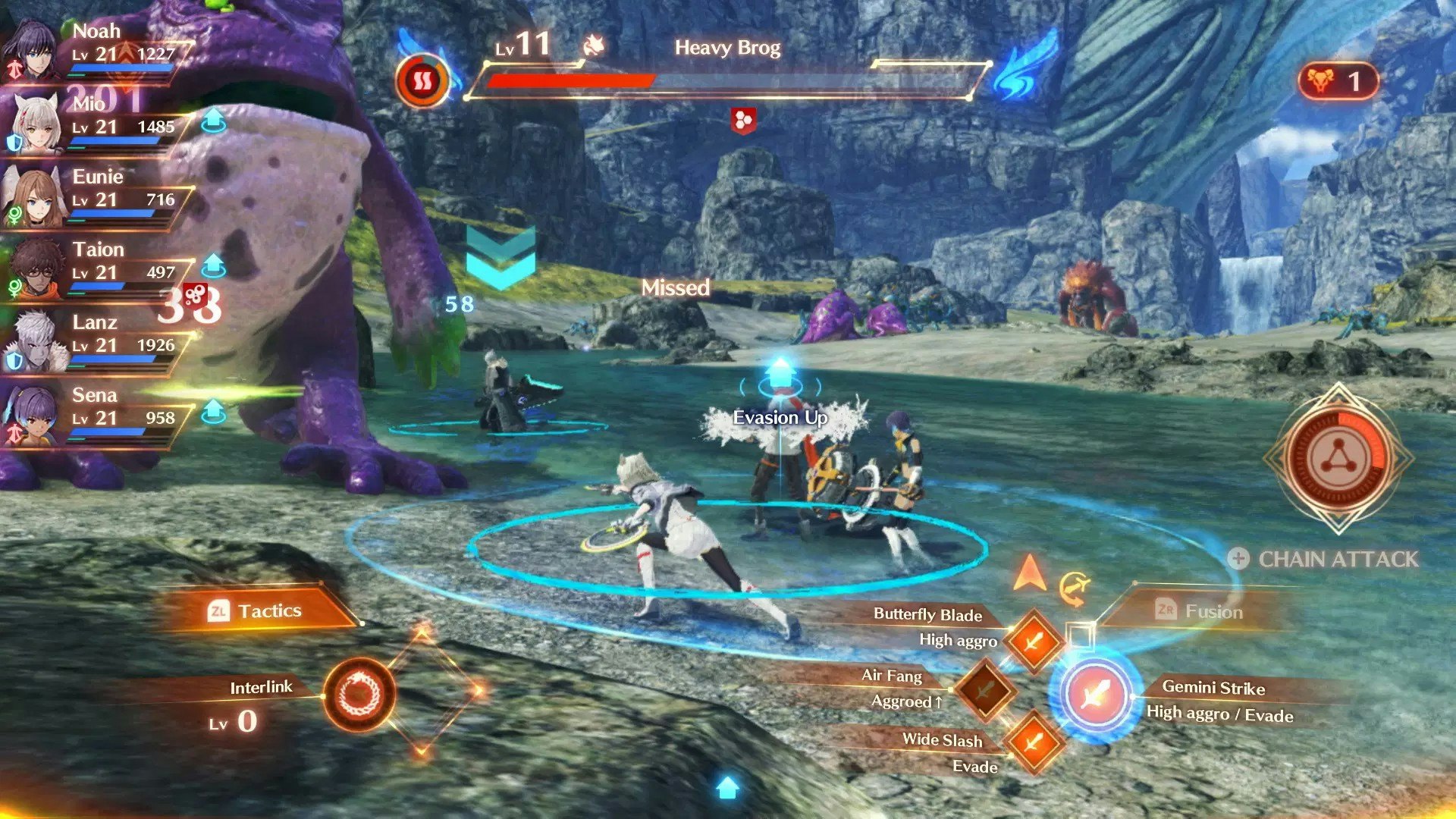
One of the biggest changes for Xenoblade 3 is the fact you have six party members, as well as one extra slot for “Heroes.” These heroes represent the other major quests of the game, letting you recruit various characters. The heroes all have important and fascinating ties to the overall story.
For example, one is a Moebius that’s cast off from the organization and lives as a pirate, while another is a childhood friend of Noah and the others. There are some fantastic little stories tucked away in the hero quests, and most are completely voiced.
Unlocking those new classes leads right into the game’s combat system, which departs in some significant ways from previous installments in the series Each character auto-attacks, and can also equip three arts for their class, and then three other arts from other classes that they’ve “mastered.” These arts can be used independently, or used in fusion at the same time. Many arts have bonuses for attacking from a position, like doing extra damage for the front, and as you use arts you’ll charge up one powerful Master Art to use.
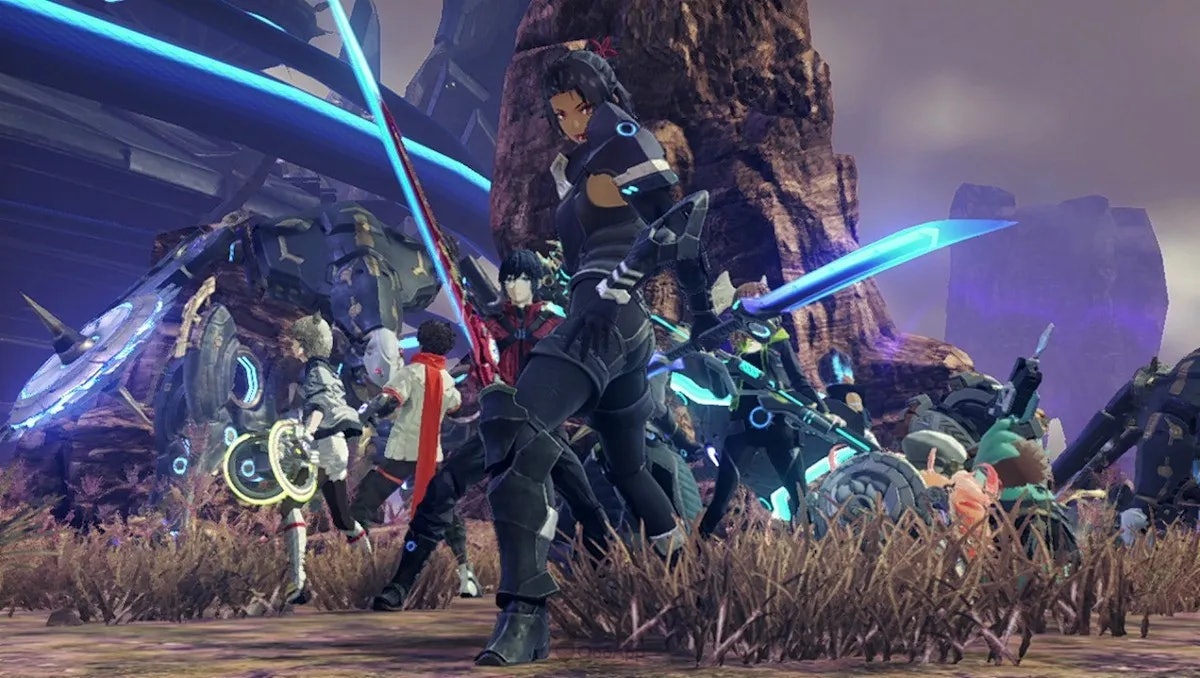
On top of this, each of the character pairs can turn into a powerful Ouroboros with its own special attacks, combos, and opportunities for extra damage. It’s a complex battle system that’s admittedly very hard to explain through writing, but Xenoblade 3 gives you much more control over your party composition than past games. I immensely enjoyed the wide array of customization options, but admittedly that may not appeal to all players.
Each character can be customized extensively, with skills learned from classes, gems that boost parameters, and accessories. Ouroboros can also be improved through a skill tree of its own. With seven party members, you have less control over the flow of actual battles than in past games. That means your party member’s builds become more important than ever. The class system adds phenomenal variety, letting you mix and match hybrid classes.
I wouldn’t say Xenoblade 3’s combat is a huge improvement over the past two games. It’s just different, and does some things better and some worse. I miss some of the more interactive elements of past games, like the morale boosts of the first game or the element bursts of Xenoblade Chronicles. That being said, I absolutely love having this level of control over each member of the party.
More to explore
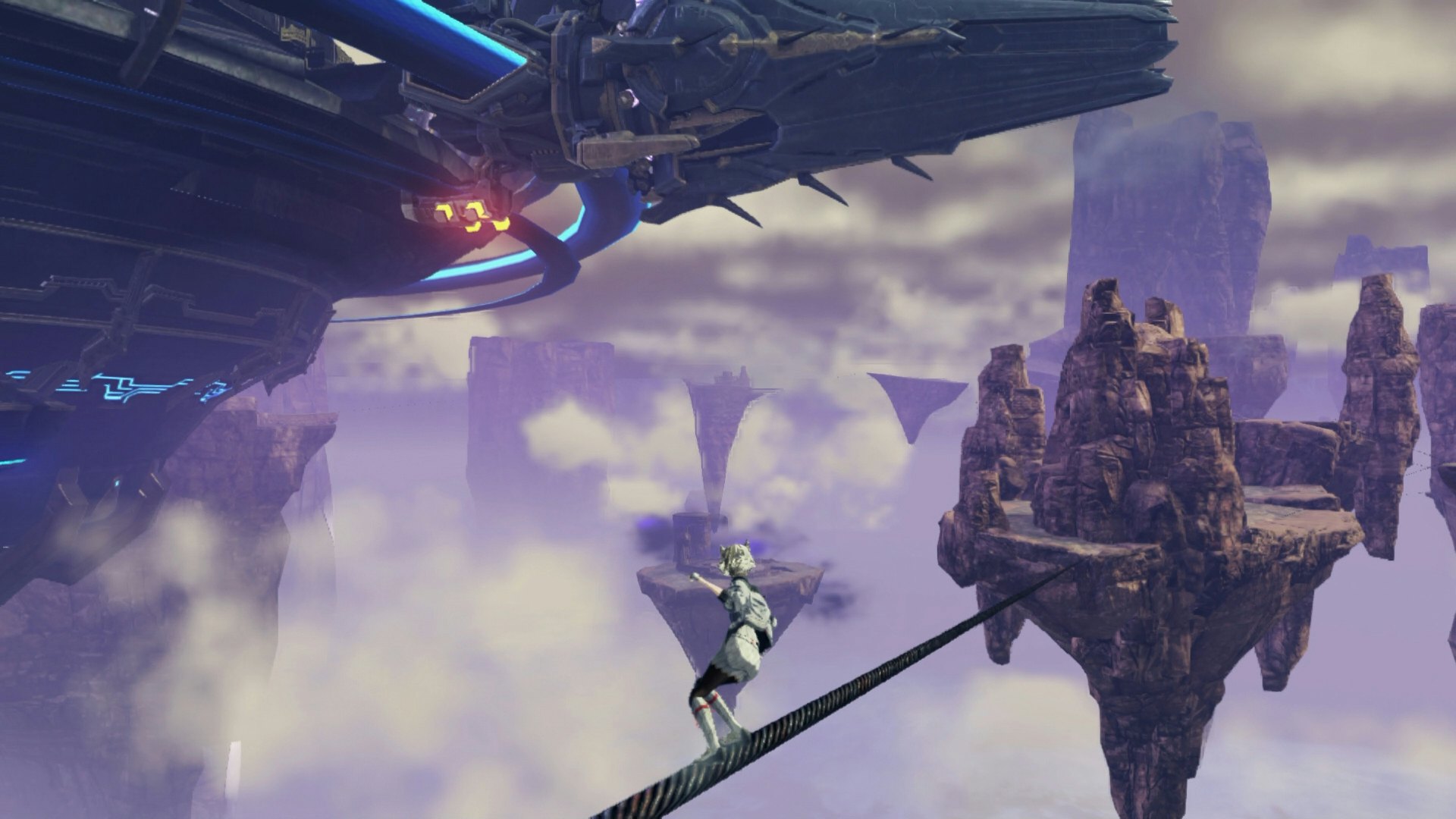
You’ll be fighting a lot in Xenoblade 3, but there’s so much to do on top of that. There are hidden landmarks to find, special monsters to fight, dead soldiers you can “send” to the afterlife to increase affinity, and Nopon Coins to collect. You’ll also unlock traversal skills that let you explore even more of the environment.
Xenoblade 3’s world is simply a treat to look at, with gorgeous vistas around every corner. Monolith Soft continues to be absolute wizards with Nintendo’s hardware, turning out a game that’s easily one of the best-looking in the entire Switch’s library. The game’s aesthetic falls somewhere in the middle of the more realistic style of the first game and the anime style of the second, and it really works. The game’s cutscene design is exceptional.
The immersive experience is enhanced by a fantastic soundtrack by Yasunori Mitsuda and his team. The two main characters, Noah and Mio, are “offseers” who use a flute-like instrument to send off dead soldiers, so music is an integral part of the actual narrative. Emotional moments are highlighted by tracks that could easily bring you to tears just by themselves.
There’s a lot to love about Xenoblade Chronicles 3, but just like with past games it’s a dense experience that could be offputting to the uninitiated. The game adds a steady stream of new features and combat mechanics for dozens of hours, and it’ll take a while to get the hang of everything.
What’s more, the world can feel a bit too big at times, and the side quests are a vast improvement over past games, there are still too many fetch quests and too much pointless running around. Xenoblade 3 is about as slow-burn of a JRPG as you can get, but if you’re willing to put the time in, there’s a fantastic payoff.
While I enjoyed exploring the world and mechanics of Xenoblade 3, the story is what stuck with me. This is the best Xenoblade story yet, and that’s really saying something. When Xenoblade Chronicles 3 wasn’t bringing a smile to my face, it was breaking my heart over and over again. There’s no doubt this will go down as one of the year’s best JRPGs.
9/10
Xenoblade Chronicles 3 launches on July 29 exclusively for Nintendo Switch.
INVERSE VIDEO GAME REVIEW ETHOS: Every Inverse video game review answers two questions: Is this game worth your time? Are you getting what you pay for? We have no tolerance for endless fetch quests, clunky mechanics, or bugs that dilute the experience. We care deeply about a game’s design, world-building, character arcs, and storytelling come together. Inverse will never punch down, but we aren’t afraid to punch up. We love magic and science-fiction in equal measure, and as much as we love experiencing rich stories and worlds through games, we won’t ignore the real-world context in which those games are made.







